Your Cart is Empty
NZ shipping flat rate $7
- New
- Books, Toys & Gifts
- Baby's Room
- Babies
-
Brands
- Amani Bebe
- Babyhood
- BabyRest
- Babybee
- BIBS
- Britax
- Bubble
- CamelBak
- Current Tyed
- Cybex
- Discoveroo
- Done By Deer
- Ed & Company
- Edwards & Co
- Ergobaby
- Forget Me Not Journals
- From NZ With Love
- Heirloom Baby
- Kip & Co
- Kuwi & Friends
- Lamington
- Little People, Big Dreams
- Living Textiles
- Maxi Cosi
- Mininor
- Mushie
- Ohbubs
- Over the Dandelions
- Stellar Haus
- Storksak
- The Kiss Co
- Viva La Vulva
- Wilson + Frenchy
- Write to Me
- Sale
- Login






